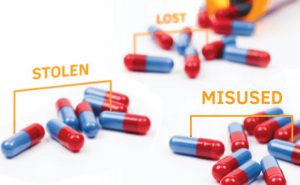Oxycodones positivity declines for the second consecutive year
<
>
Related
Email Newsletter
Stay up-to-date with the latest news and information from the drug testing industry by subscribing to Results, our monthly newsletter.
 Your Privacy Choices
|
Privacy Notices
|
Terms
|
Language Assistance / Non-Discrimination Notice | Asistencia de Idiomas / Aviso de no Discriminación | 語言協助 / 不䈚視通知
Your Privacy Choices
|
Privacy Notices
|
Terms
|
Language Assistance / Non-Discrimination Notice | Asistencia de Idiomas / Aviso de no Discriminación | 語言協助 / 不䈚視通知
Quest, Quest Diagnostics, any associated logos, and all associated Quest Diagnostics registered or unregistered trademarks are the property of Quest Diagnostics. All third-party marks — ® and ™ — are the property of their respective owners. © 2000-2025 Quest Diagnostics Incorporated. All rights reserved.




















The latest data from the Quest Diagnostics Drug Testing Index™ (DTI) reports that the positivity rate for prescription opiates – which includes pain management drugs like hydrocodone and oxycodones – declined 8.3% (0.88% vs. 0.96%) between 2013 and 2012 and 12.7% (0.96% vs. 1.1%) between 2012 and 2011 in the combined U.S. workforce. Four states experienced double-digit declines in oxycodones positivity rates in both 2013 and 2012: Florida, Massachusetts, New Jersey and Ohio. Hydrocodone positivity remained at 1.3% between 2012 and 2013.
To learn more about the recent trends in prescription drug use, read the full release at QuestDiagnostics.com/DTI.
To learn more about drug testing, visit our website.